
Pin by Brad Beatty on Cleaning & Household Tips Types of spiders, Spider identification
Gardens are ecologically very complex with short mown grass, borders of herbaceous plants, short and tall shrubs, trees, ponds, mossy rocks, walls, fences, compost heaps - the list of habitats is endless, and there is at least one species of spider to suit each. Some of the commoner species are given here Garden Spider Araneus diadematus

species identification What kind of spider is this? Biology Stack Exchange
The RED / AMBER / GREEN dots indicate how easy it is to identify the species - see our Identification Difficulty page for more information. A coloured rating followed by an exclamation mark denotes that different ID difficulties apply to either males and females or to the larvae - see the species page for more detail. Spiders

BugBlog Colourful nursery web spiders
A guide to all 38 of the British families, focusing on spiders that can be identified in the field. Illustrated with a remarkable collection of photographs, it is designed to be accessible to a wide audience, including those new to spider identification.

Spiders & Arachnids Posters Stretched canvas prints, Infographic poster, Painting edges
1. Cellar Spiders Paul Starosta // Getty Images One of the most common UK spiders is the Cellar Spider, also known as the Daddy Long Leg. The thin, spindly spiders have extremely long legs and are often found in corners of the home, particularly during late summer.

🕷 Learn Types of Spiders In English! English Spider Species Popular Types of Spiders YouTube
Proper identification of the majority of spiders relies on the use of a microscope (preferably a stereo instrument), a powerful top light, and reliable reference texts. Many of the species on the British list are very small, just a few millimetres in length.
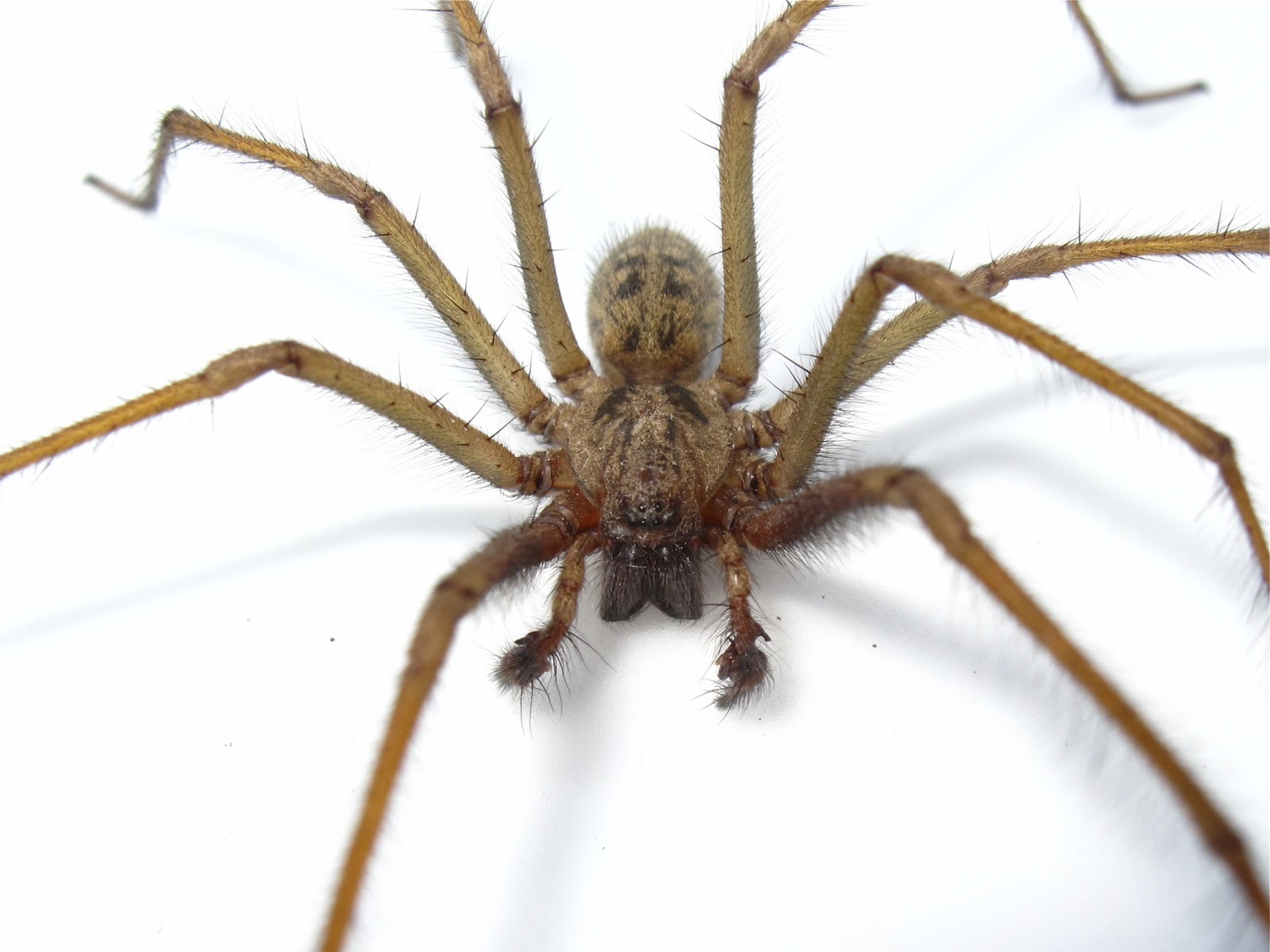
BugBlog Agelenidae funnel weaver spiders
Tube Web Spider (Segestria Florentina) Tube web spiders, also known as the green-fanged tube web spider, is a large, black species which can look rather menacing.They are among the larger species of UK spiders with a body length of up to 22mm. You're probably picturing one of these when you think of big, black, hairy spiders.
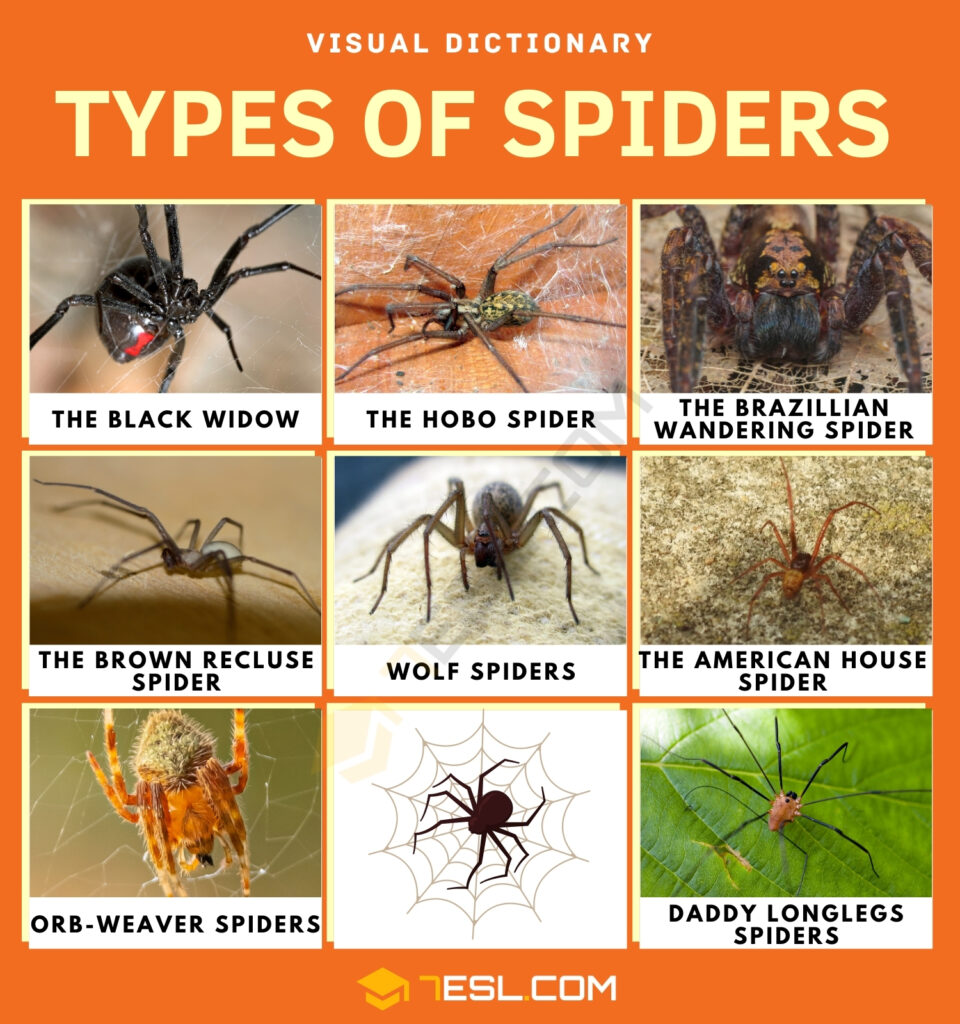
Types of Spiders with Interesting Facts Spider Identification • 7ESL
British spider guide - and why there are so many around - Countryfile.com. Find out what that spider is and why it is in your house or garden with BBC Countryfile Magazine's expert guide to UK spiders.
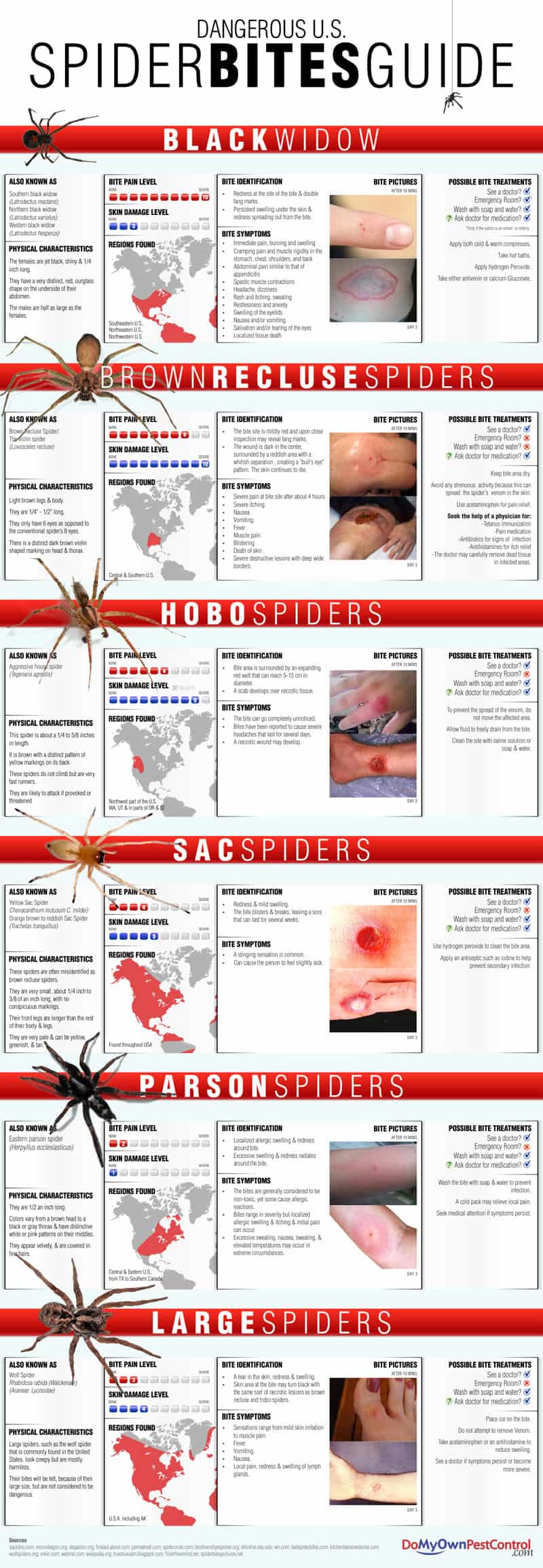
5 Common House Spiders And How To Treat Spider Bites
Most British spiders can be identified using the following books, guides and websites. Some species require specialist skills and a microscope, particularly those belonging to the 'money-spider' family, the Linyphiidae. Some of the books are out of print but can usually be found by searching the internet for second-hand copies.
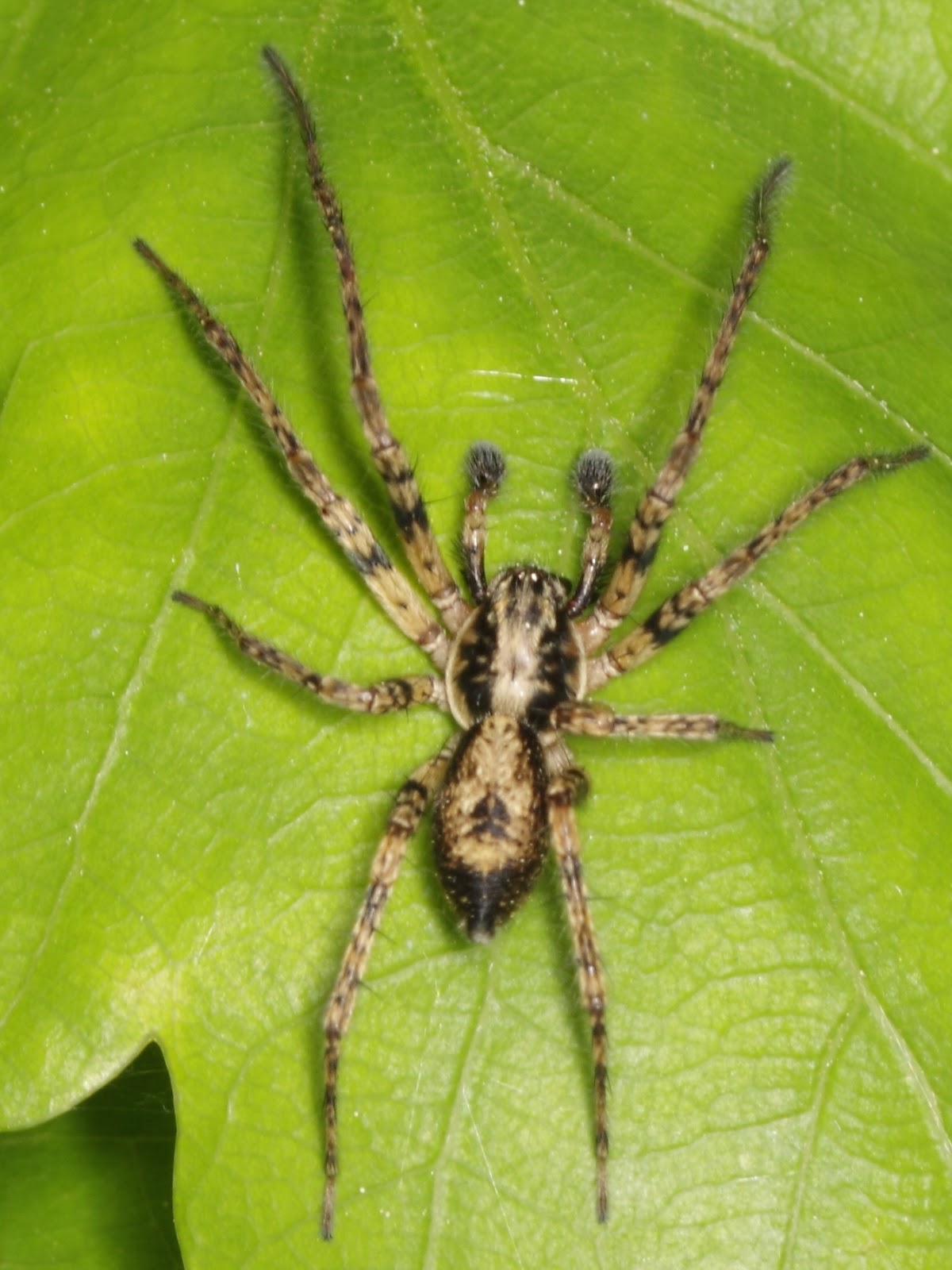
BugBlog Anyphaenidae buzzing spiders
Identify UK woodpeckers; Identify bird song; Identify birds of prey; Identify bluebells; Identify caterpillars; Identify garden birds; Identify garden butterflies;. Flower crab spider. False widow spider. Zebra spider. Wolf spider. Raft spider. Nursery web spider. Water spider. Giant house spider. Wasp spider. Common harvestman.
:max_bytes(150000):strip_icc()/common-house-spiders-2656509_V2-a9c74187a3944f3a85d19437953cf17a.png)
10 Most Common Types of House Spiders
#13. Raft Spider. Dolomedes fimbriatus; Identifying Characteristics: Adults are dark brown with a white, cream, or yellow stripe along both sides of their bodies. To find this spider in the United Kingdom, you will need to find freshwater! Raft Spider Range Map. Raft Spiders are incredibly unique and are considered semi-aquatic.

Uk Garden Spider Identification Fasci Garden
The Giant house spider is one of the fastest and largest spiders that you can spot in Britain and across Europe. It can run at a speed of around 2ft/s. These spiders build messy-looking webs with a funnel at one end, where the spider would hang around and hide, waiting for its prey to get caught. The web threads do not have adhesive properties.
Spiders of the British Isles Project Noah
The largest spider found in the UK is the Cardinal Spider ( Tegenaria parietina ). Male examples have been recorded with an impressive 12 cm leg span. By comparison the smallest species of 'Money spiders' (family Linyphiidae) have a leg span of little more than 2 mm. Spiders found in fruit

UK spiders The 21 British spiders you're most likely to find in your house The Scottish Sun
Britain's Spiders: A Field Guide - Fully Revised and Updated Second Edition - This is a guide to all 38 of the British families, focussing on spiders that can be identified in the field. Illustrated with a remarkable collection of photographs, it is designed to be accessible to a wide audience, including those new to spider identification.
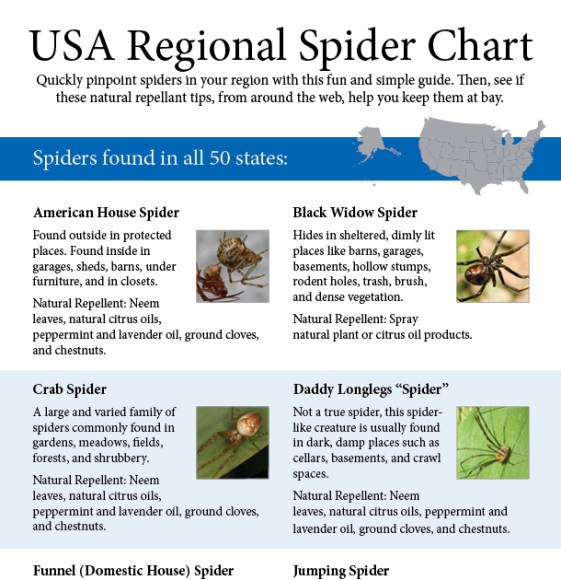
The Ultimate Guide to Identifying Common Spiders (Infographic)
6) European Garden Spider or Cross Orb-Weaver. Araneus diadematus (picture: Getty Images) These spiders can grow up to 13mm and can be found in hedgerows, woodland and gardens across Britain from.
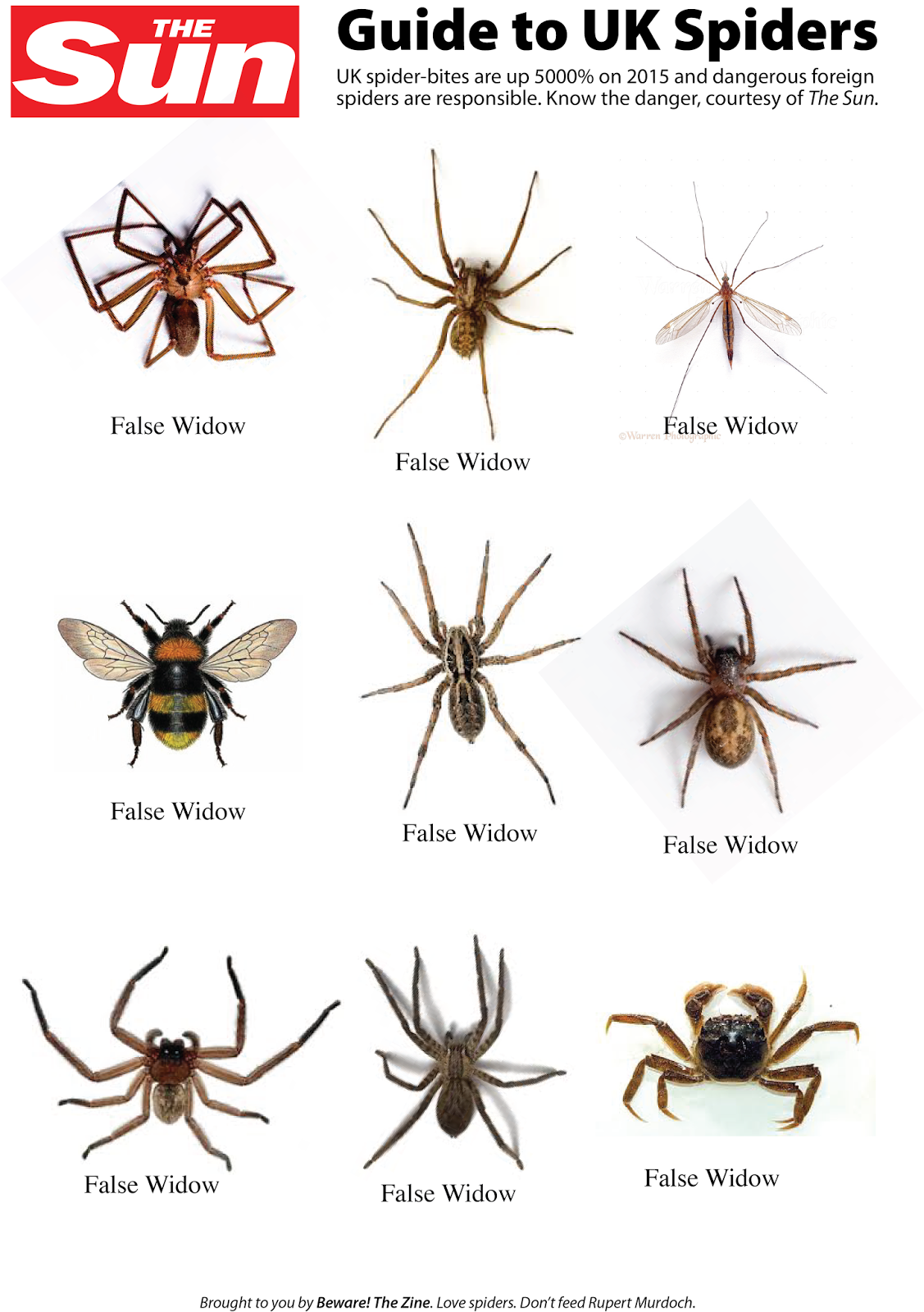
Beware! the Zine The Sun's Guide to UK Spiders
Most UK spiders have a one-year life cycle, overwintering as eggs hidden inside a silken igloo in a quiet nook, and hatching as tiny spiderlings in spring. By September, most have reached adulthood. All spiders hunt invertebrate prey and kill by injecting venom through hollow, hinged fangs.
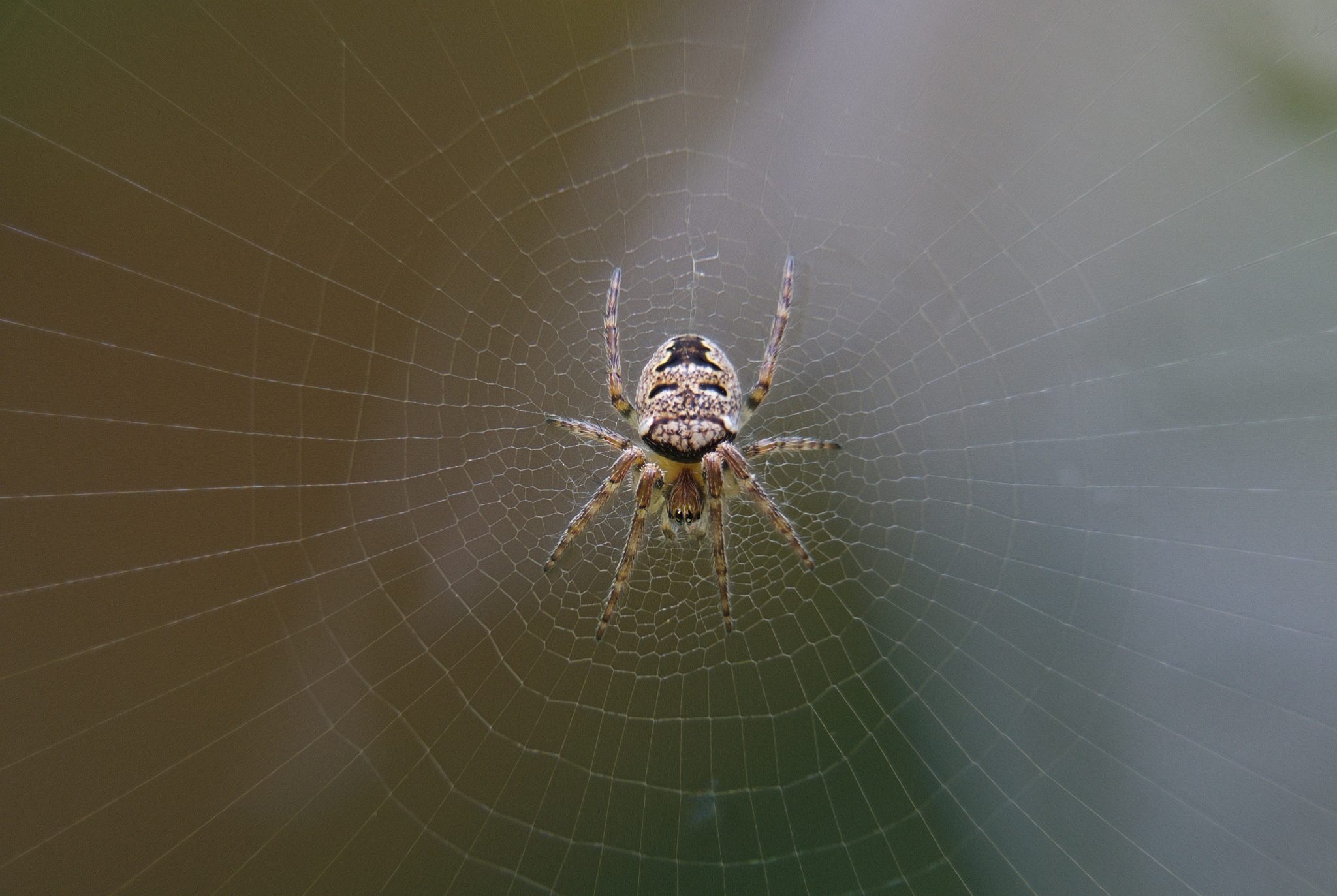
10 Common House Spiders Found in the UK Pest Defence
Spiders found in United Kingdom include 41 unique species from confirmed sightings by contributing members of Spider ID. It is important to remember that spiders seen in United Kingdom are not bound by the territorial lines decided on by humans, therefore their distribution is subject to change.